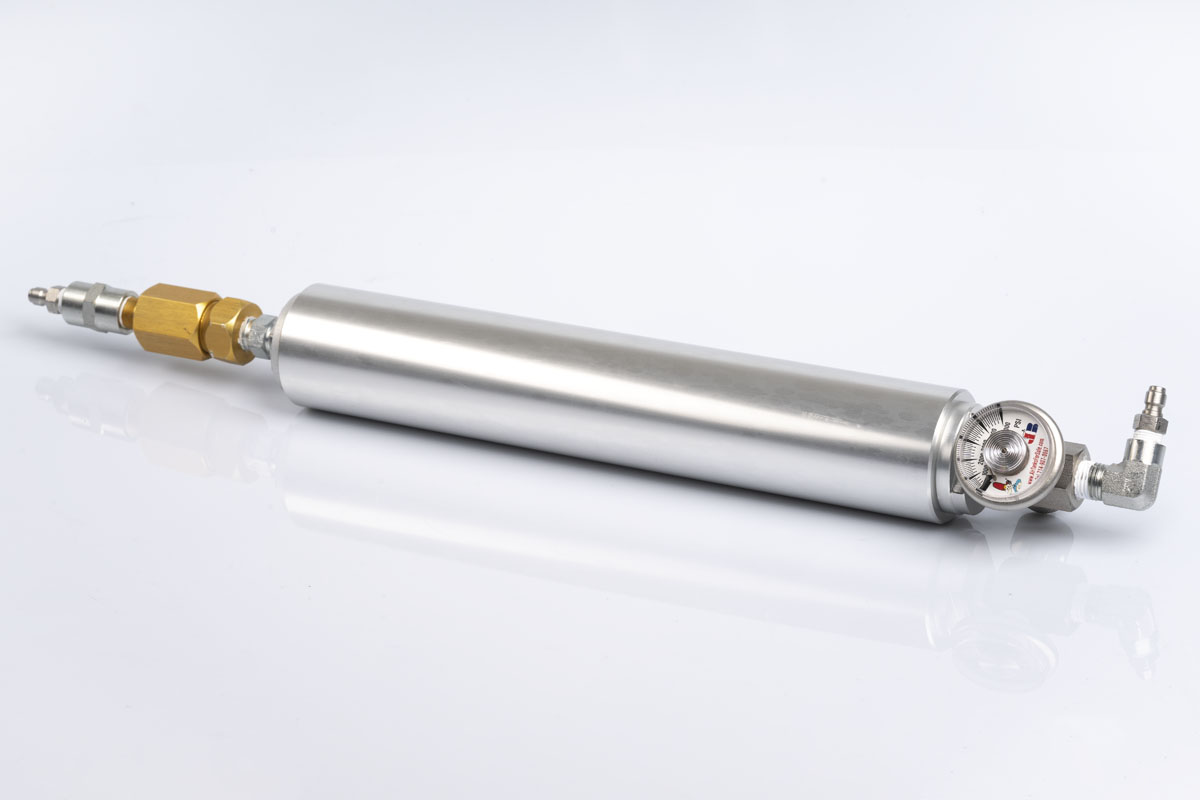That filter just doesn't work well on a gun with a larger air tube like my Blitz if you are using a box compressor like a Hatsan Spark. The filter has too much volume and by the time that the line and filter come up to what the gun is at(say 200 bar)then the compressor is almost at its max heat threshold and needs to be turned off. I'm looking for a option that works. Oh well, that experiment only costs $110, lol. I guess in the big picture if it took me a whole day to fill up a gun it is better than putting water into it. I have two of those little filters on my line and could still feel water at the end of the whip.
Last edited:
Upvote 0

